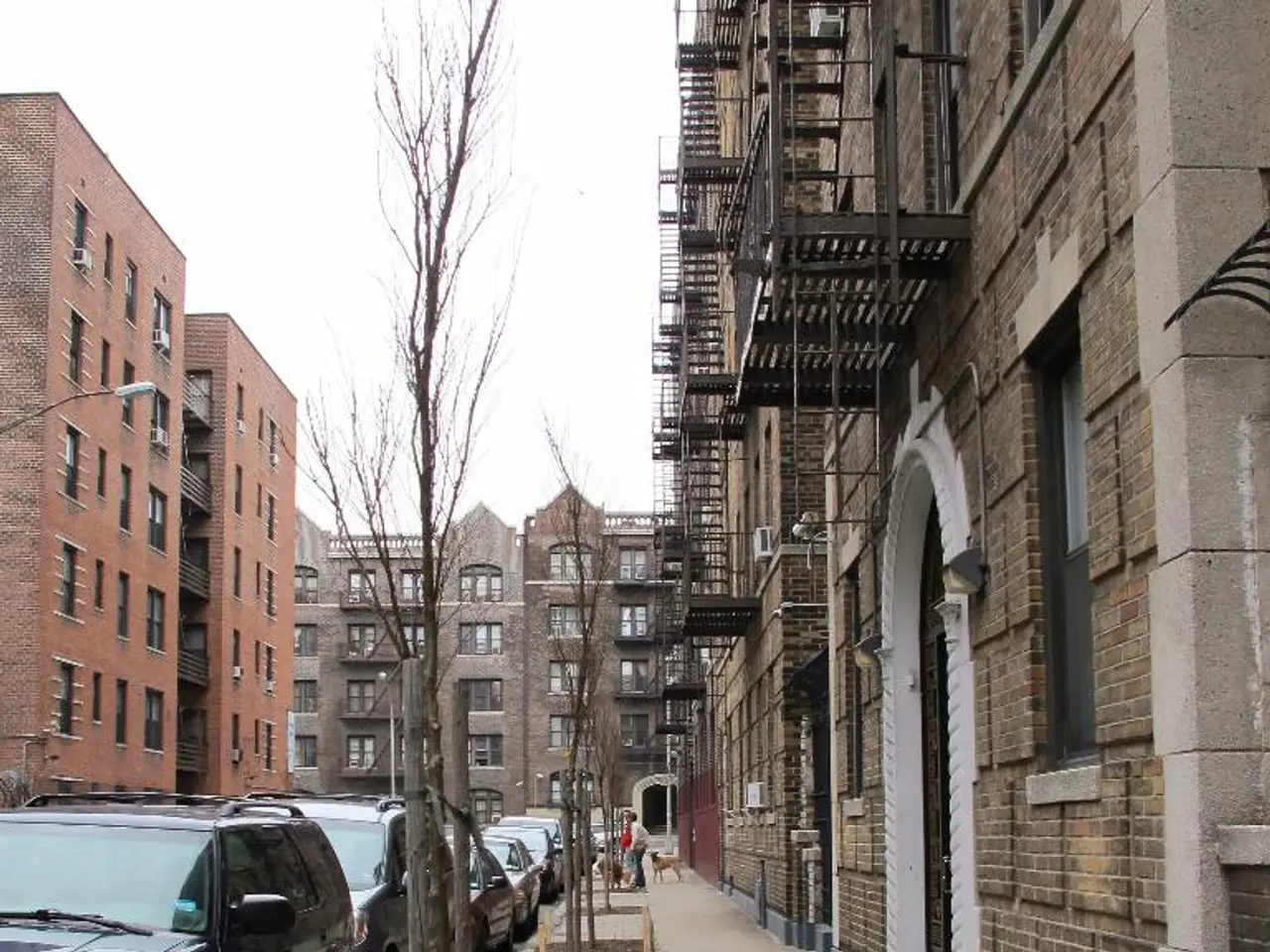If Trump's budget proposal is approved, the United States may relinquish control over a cutting-edge space telescope to Spain.
In a significant development, Spain has proposed to fund the Thirty Meter Telescope (TMT) project to the tune of €400 million ($470 million), making it a potential alternative site for the telescope from its originally planned location at Mauna Kea, Hawaii.
The funding pledge comes at a critical juncture for the TMT project, which has been at risk due to proposed budget cuts by the U.S. National Science Foundation (NSF) under the Trump administration. These cuts threatened to halt funding for the telescope’s design and construction.
The offer was made by Science Minister Diana Morant, who emphasized Spain’s "capacity and political will" to host the project and the expected benefits to the European Union and the Canary Islands region. If approved, the move could secure the future of the TMT and reinforce Spain’s and Europe’s role in forefront astronomical research.
The potential move from Hawaii to La Palma has several implications. Scientifically, La Palma is a strong astronomical site, but it is lower in altitude compared to Mauna Kea. This means the telescope would observe through more atmosphere, possibly reducing image quality compared to the Hawaiian site.
Politically, the switch can bypass the Indigenous and activist opposition in Hawaii concerning construction on Mauna Kea, a site sacred to Native Hawaiians, potentially accelerating project progress.
Financially, Spain’s €400 million investment could stabilize the project’s funding when U.S. support wanes, possibly influencing international collaboration and project governance. Canada, another partner, has expressed concern about the U.S. funding cut but remains interested in the project continuing.
Congress has shown signs of resisting NSF budget cuts, which might impact the TMT's future at its primary site in Hawaii. The TMT International Observatory has not made a final decision about the telescope's future.
If the move to La Palma is approved, the TMT would be built on the Canary Islands, bringing significant scientific value to Spain. The TMT would be one of the largest optical telescopes in the world, featuring a 30-meter primary mirror designed to observe exoplanets, the origins of galaxies, and dark matter with unprecedented detail.
Once complete, these huge observatories will allow astronomers to study the cosmos with extremely high resolution. The TMT is one of three huge ground-based telescopes currently in development, including the Giant Magellan Telescope (GMT) in Chile and the European Extremely Large Telescope (ELT). Spain already contributes to the ELT, which is the largest of the three telescopes.
La Palma, as a potential site for the TMT, sits at a significantly lower altitude than Mauna Kea, which means the telescope would have to peer through more layers of the atmosphere, lowering the quality of observations, according to Nature News. However, Spain seems to believe that the benefits of hosting the TMT outweigh the potential decrease in observation quality.
The TMT was chosen for its exceptionally dark, light pollution-free skies, making it a premier vantage point from which to observe the cosmos. However, the project has been mired in controversy due to its primary construction site being on a sacred Hawaiian mountain. In 2019, thousands of protestors gathered on the Mauna Kea Access Road to halt construction of the telescope.
If the U.S. moves forward with the proposed NSF budget, this might be a sacrifice worth making, according to Spain’s Minister of Science, Innovation and Universities, Diana Morant. The TMT International Observatory is yet to make a final decision about the telescope's future.
- The proposed funding of €400 million by Spain for the Thirty Meter Telescope (TMT) project may move the telescope from its original location in Hawaii to La Palma, fostering Spain and Europe's role in forefront astronomical research.
- While La Palma has some advantages as an astronomical site, it is lower in altitude compared to Mauna Kea, potentially reducing image quality due to more atmosphere that the telescope would have to peer through.
- Politically, a move to La Palma could bypass Indigenous and activist opposition in Hawaii, potentially accelerating project progress and securing the future of the TMT.
- Finance-wise, Spain's €400 million investment could stabilize the project's funding when U.S. support wanes, possibly influencing international collaboration and project governance.
- The TMT, one of the largest optical telescopes in the world, would bring significant scientific value to Spain if built on the Canary Islands, including the ability to observe exoplanets, the origins of galaxies, and dark matter with unprecedented detail.




